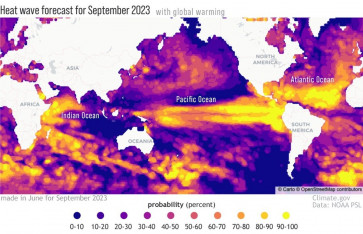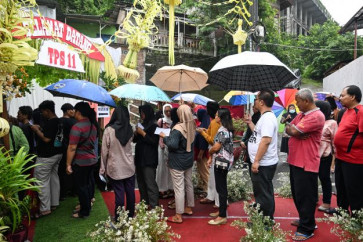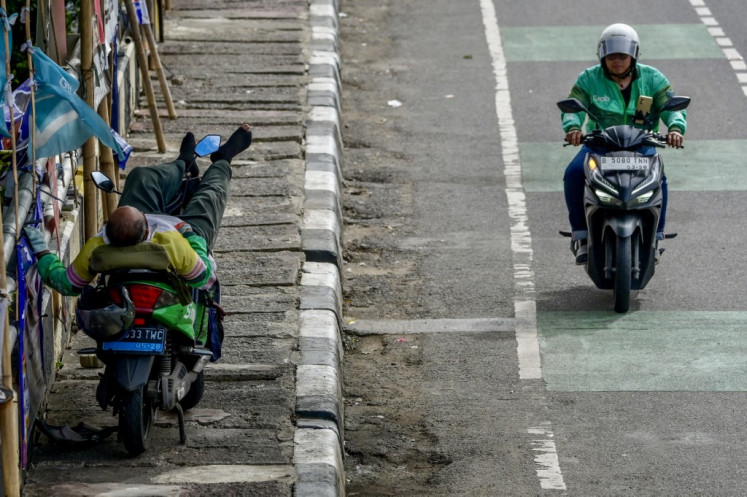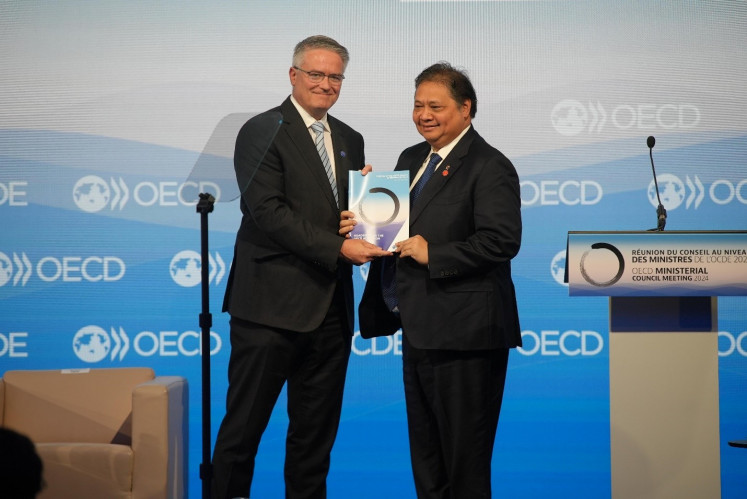Islam and media: Moving forward with hope
Earlier this month I participated and presented a research paper at the International Conference on “Islam and the Media” organized by the Center for Media, Religion and Culture at the University of Colorado-Boulder, in US
Change Size

E
arlier this month I participated and presented a research paper at the International Conference on “Islam and the Media” organized by the Center for Media, Religion and Culture at the University of Colorado-Boulder, in US. Based on various presentations during this conference, I would like to use the space here to reflect briefly on the current trends in the discussions about Islam and the media.
As early as 1981, the late Edward W. Said captured public attention on how experts and the media have determined how we see Islam through the publication of his influential book Covering Islam. At the heart of Said’s analysis is the notion the media coverage of Islam has closely associated Muslims with militancy, danger and anti-Western sentiment.
In short, the intense focus on Islam and Muslims in the Western media has been characterized by “a more highly exaggerated stereotyping and belligerent hostility” on Islam and Muslim.
In 1997, the Runnymede Trust in the United Kingdom echoed the same idea through the publication of a report entitled Islamophobia: A Challenge for Us All, within which “Islamophobia” is defined as “unfounded hostility towards Muslims”.
A similar tendency was employed to read the events of 9/11 in 2001. Analyzing these events, a good number of pundits, analysts, journalists and politicians believed that what we witnessed in the 9/11 attacks and its aftermath was “a clash of civilizations”, that is, a battle between Western and Islamic civilizations as predicted earlier by Samuel P. Huntington.
For the past three decades, scholarly studies on Islam and Muslims in the media have heavily relied on the frameworks such as Said’s orientalism, Huntington’s Clash of Civilizations, Islamophobia or cultural racism to analyze the questions of representations of Islam and Muslims in the media. These frameworks still have a big influence on the current studies. In fact, a good number of papers presented during the recent “Islam and media” conference were based on these frameworks.
Of course, the use of such frameworks undeniably shapes the outcome of such findings and analysis.
The problem is that at the heart of the above approaches is the binary way of thinking by having the West on one side and Islam on the other side. This should make a researcher ask the following challenging question: Why are studies on the representations of Islam and Muslims in the media so obsessed with this binary approach?
Sherene H. Razack in Looking White People in the Eye, for example, observes that scholars play important roles in sustaining the colonial formulas by actively producing and reproducing the binary opposition of the civilized or liberated and the oppressed.
Of course, the binary approaches provide insight and analytical tools to uncover the hidden repressive or oppressive power in the relations of individuals or groups. However, in my opinion, the binary style of thinking raises two basic questions.
Firstly, it provides no space for understanding the productive side of the encounter of people with different cultural and religious backgrounds. In a society characterized by increasing complexity, society cannot just simply be painted black and white. After all, society is not static. It has been always dynamic with its own rhythm.
Second, as far as media discourse is concerned, the binary approach, such as the West versus Islam or the civilized versus the uncivilized or barbaric, have been developed upon the premise that media discourse has the power to control the unjust social representations of other cultures or religions.
This premise assumes that individuals and groups are basically trapped or even imprisoned in a fixed context of clash. The problem is that this premise is arguably dominated by the ideological baggage of domination and control. As a result, the control paradigm that shapes the binary approaches is inadequate for the complex challenges faced by a multicultural society (McNair, 2006).
The news, however, is not that bad. Modern socio-political theories such as the political theory of recognition, the dialogic formation theories and the theory of complexity offer different enlightened perspectives by focusing on the richness of human, cultural and religious relationships.
In my opinion, as we move on to a new decade, a continued exploration of cultural or religious representation based on dialogic approaches offers more hope to the encounters of people from different cultures and faiths.
Indeed people of different cultures or faiths are naturally strangers to each other. For the possibility of recognizing and respecting each other, a courageous step should be taken through which one is required to move toward the other and should allow “what is considered unusual and strange” to become wholly internalized.
In this way, as argued by Zali Gurevitch, one’s uniqueness is recognized and differences are accepted without hostility. If studies on media representations of cultures and religions give more space for analysis based on dialogic approaches, in today’s multicultural society, we would move forward with better confidence and hope.
The writer is a PhD candidate at the Department of Sociology, University of Bristol, United Kingdom. He is currently researching his PhD thesis on the Sociocultural Constructions of Recognition and the Discursive Representation of Islam and Muslims in the British Christian media.









